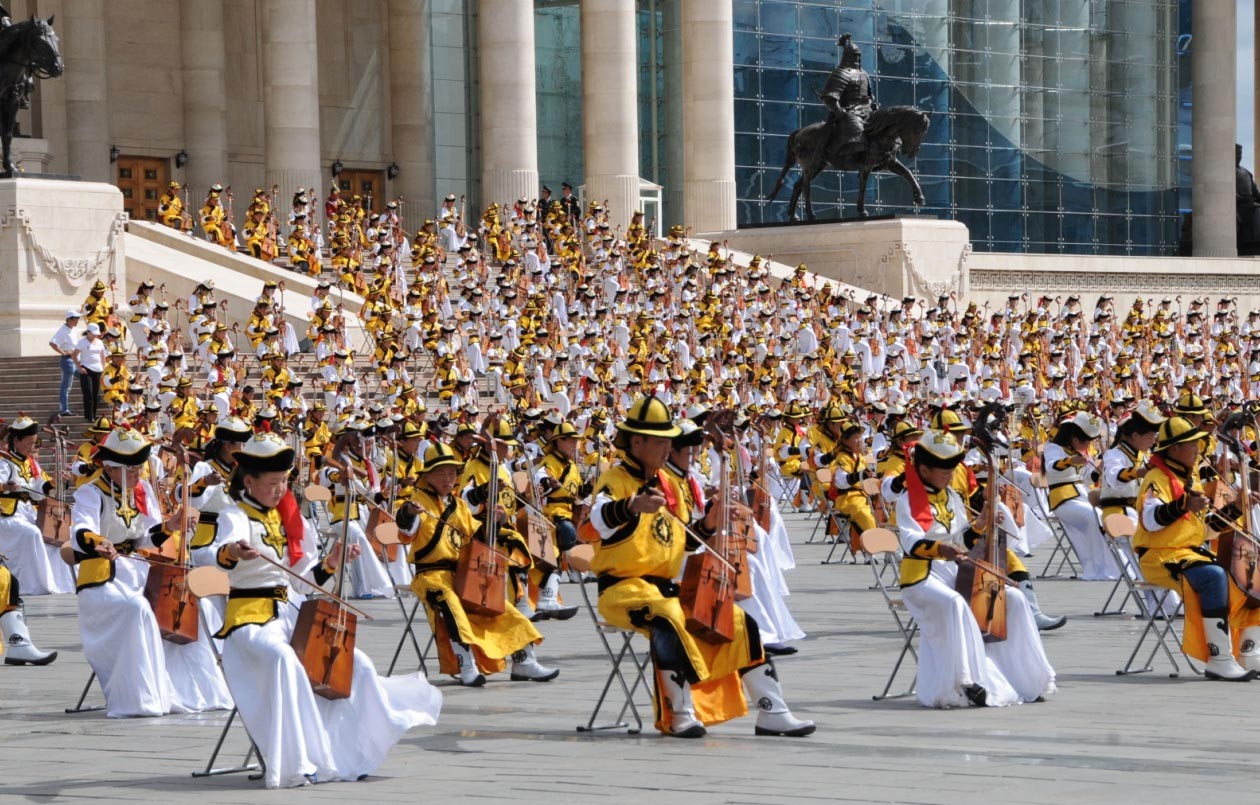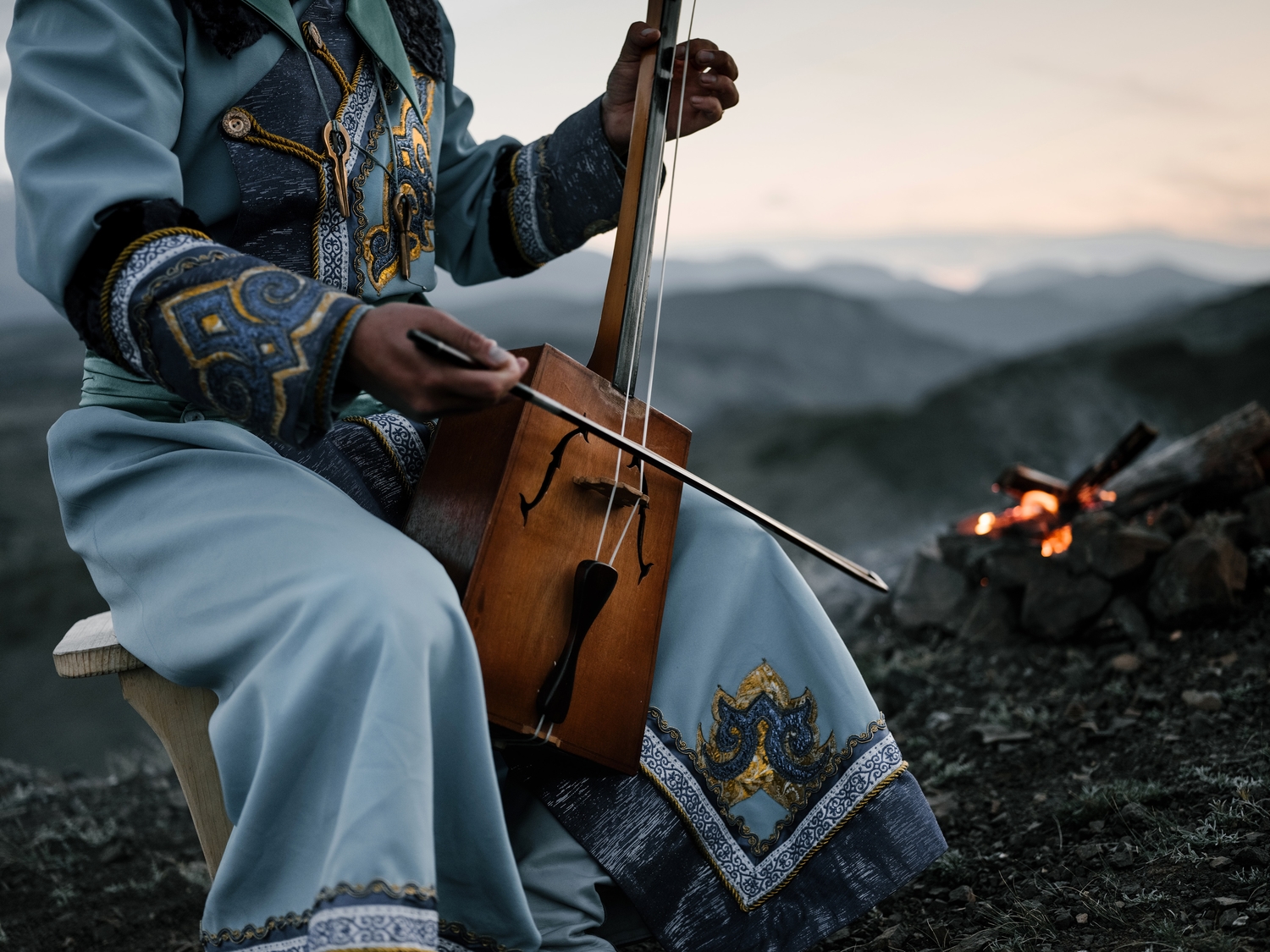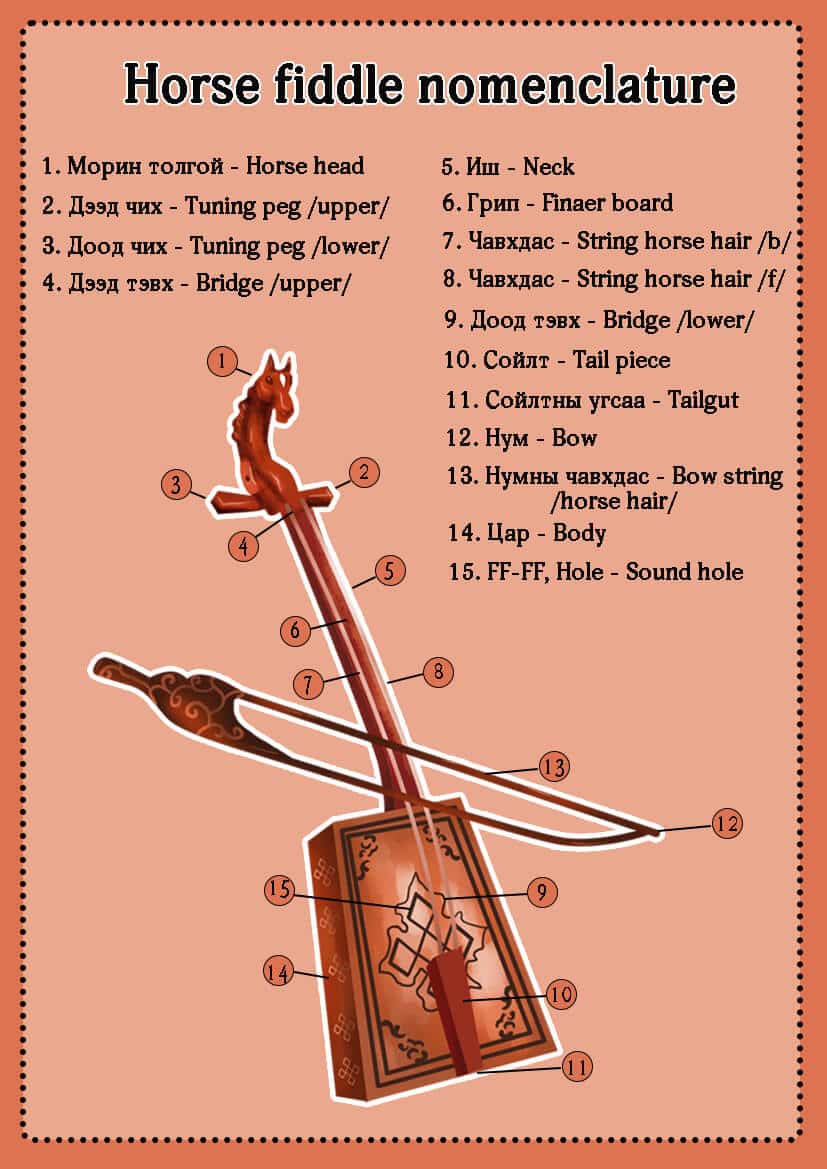Morin khuur history
Mongols went to war with more horses than men. They had a horse army that was expected to arrive in 3 days, but it entered only 1 day later. Mongolians created musical instruments for their beloved horses.
Tovshuur, Ekhil, Chuur, bamboo fiddle, and horse fiddle are the oldest stringed Mongolian music.

Who invented morin khuur?
The morin khuur, or horsehead fiddle, is a traditional Mongolian stringed musical instrument. It is considered one of the most important instruments in Mongolian music and culture. The earliest known morin khuur dates back to the 13th century.

However, it is not clear who invented the instrument. Some sources say that it was invented by a Mongolian nomadic tribe known as the Hunnu Empire.
Other sources attribute its invention to the Tuvinians, a Turkic-Mongolian people who live in Siberia. Regardless of its origins, the morin khuur is an important part of Mongolian musical heritage.
Morin khuur legends
There are popular legends about Morin khuur. Mongolian people believe this legend and respect it truly.

Why Morin khuur named after a horse?
The morin khuur is named after a Mongolian horse because it traditionally was made with a horse’s head. The horse’s head served as the sound box for the instrument, and its tail hairs were used for the strings.

Today, morin khuurs are still made with horse heads, although some are made with other materials such as wood. The horsehead design is believed to give the instrument its unique sound.
The horse is also an important symbol in Mongolian culture. In the past, horses were essential for transportation and warfare.

Today, they are still used for transportation in some parts of Mongolia. They are also used in sports such as horse racing and polo.
The horse is also a symbol of strength, power, and courage. For these reasons, the horse is a fitting namesake for the morin khuur.
How do you play Morin Khuur?
The morin khuur is played with a bow. The player holds the instrument in their lap and rests the horse’s head on their left shoulder. The strings are plucked with the right hand, while the left-hand moves the bow.
The horse’s tail is traditionally used to make the strings, although today they are usually made of metal or nylon.
The morin khuur has a warm, mellow sound that is unique among stringed instruments. It is often used to play folk songs and dance music.

The instrument is also used in Mongolian throat singing, a traditional form of singing that uses two or more pitches simultaneously.
How old is Morin Khuur?
The earliest known morin khuur dates back to the 13th century. However, the instrument may have originated even earlier. The morin khuur is thought to have originated in the Mongolian steppes, and it is still very popular there today.
The instrument is also popular in other parts of Central Asia, such as Tuva, Kazakhstan, and Kyrgyzstan.
Modern time Morin khuur
The morin khuur is still a very important part of Mongolian music and culture. The instrument is played by professional and amateur musicians alike. It is also a popular instrument for students to learn, as it is relatively easy to play.
The morin khuur has even been featured in Western pop music, such as in the song “The HU – Yuve Yuve Yu Music Group” by the band The Hu. The song features a morin khuur solo, and the instrument’s unique sound helps to create a Mongolian atmosphere.
Most interesting 3 facts about Morin Khuur
Fact #1
One of the most interesting facts about the morin khuur is that it can be used to play two pitches at the same time. This is possible because the instrument has two strings, one for each pitch.
This technique is known as throat singing, and it is a very important part of Mongolian music. Throat singing is a complex technique that takes years to master, but it produces a very unique and beautiful sound.
Fact #2
In 2002, the Mongolian president announced December 21 as the National Day of Morin Khuur. This was done to help preserve the instrument’s cultural heritage.
Fact #3
In 2003, UNESCO declared the morin khuur to be a Masterpiece of the Oral and Intangible Heritage of Humanity. This recognition helps to ensure that the instrument’s traditional culture will be preserved and passed down to future generations.
Related Content:
- ‘Morin khuur’ horsehead fiddle only 2 strings instrument
- Mongolian horsehead fiddle for sale
- Mongolian culture, heritage, and traditions
- Mongolian People and All time Best FAQ
- Mongolian Men Top 5 Interesting Facts
- Mongolian Traditional Dance: The Ancient Art of the Steppe
Share to Public
